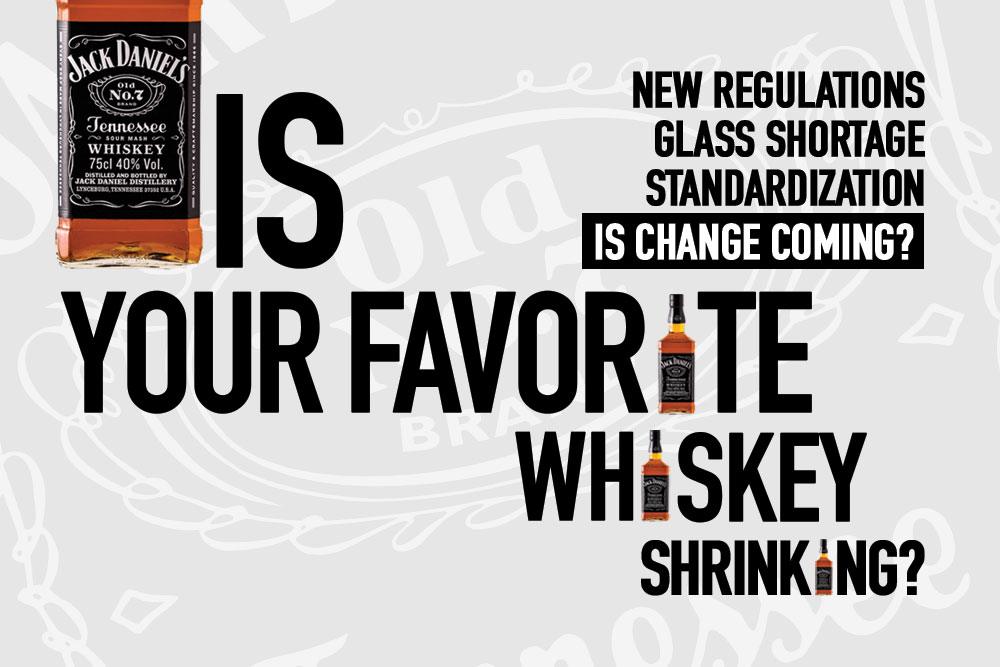Working for one of the largest consumer goods companies in the world, I can provide some 'inside baseball' here...
The past few years have put a lot of pressure on raw materials for most manufacturers and suppliers. Can't get them period, can't get enough of them when you can, can't find alternate raw material suppliers, cost of raws are too high, shipping times and cost are astronomical, etc.
That translates into reduced output by manufacturers / suppliers, and they can then not meet the demand of the retailers they sell too. So what does this mean for you?
Manufacturers / Suppliers maintain or increase package sizes while reducing or condensing contents. This does a few things for them.
One, if you are putting less stuff in a package, you can send more overall packages to your retailers increasing surety of supply to your customers (retail stores). Two, by reducing contents you can find some relief on the cost to your customer in the increased margin, staving off relationship killing cost increases, which are innevetible anyway and just get passed onto the end consumer (you). Three, maintaining or increasing package size helps to drive purchase intent by the consumer in the aisle. Most people don't read contents, weight, etc...they look at the price, they know the brand, they see a bigger box and they buy. This maintains sales in the aisle and helps drive conversion from alternate brands by the consumer. Your last ditch cost effort is always to reduce pack size. Even then you try to do it in a way that maybe the package appears wide and tall on the shelf but very thin for depth. The second you make it look smaller, shelf impression goes down and you've lost. Always avoid going smaller. USA; bigger is better.
It's a science, you wouldn't believe the amount of time, energy, and money we put into convincing you in those 3 seconds in the grocery store aisle or to build brand equity in your home and amongst your friends.
So, manufacturer by reducing contents and increasing or maintaining pack size attempt to reduce financial and supply pressure for themselves and their customer, try to retain some profitability, maintain purchase intent and drive conversion, and in the end the cost all gets passed on to you but there is always pressure from the retailer to not do that if it can be helped.
Edit: I will say too, if this practice is not followed, as a manufacturer you can't afford to otherwise keep consumer goods on the shelves. It always has happened, just not as quickly and dramatically as these past few years.

